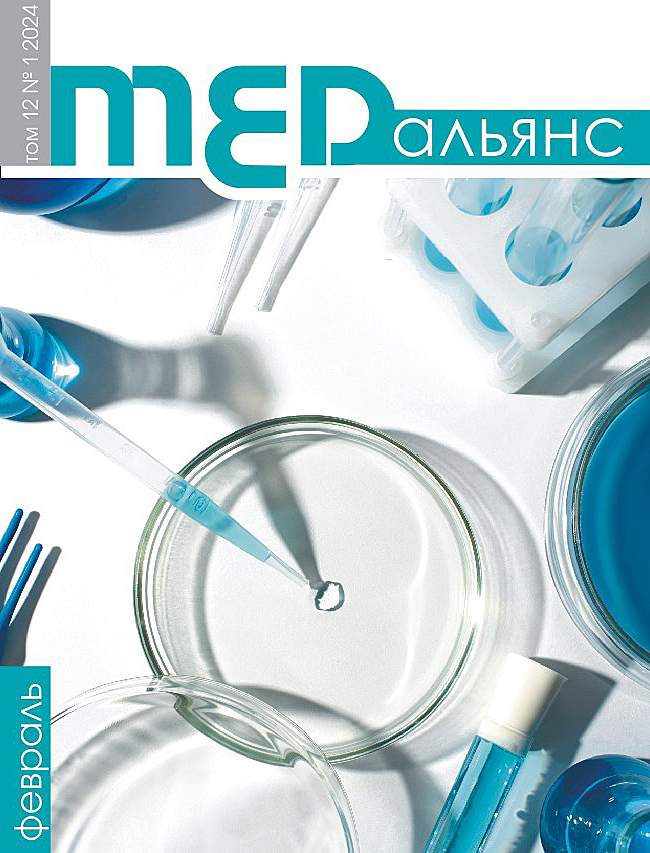Abstract
Community-acquired pneumonia (CAP) is considered the leading cause of death from infectious diseases worldwide. The most difficult task is to stratify the risk of patients with severe CAP. Early objective prognosis of the course and outcome of CAP based on the measurement of serum biomarkers is of particular importance for reducing mortality. Aim: to develop a model for early prediction of the outcome of severe CAP upon admission of patients to the intensive care unit (ICU). Materials and methods. Using the method of step-by-step discriminant analysis, examination data of 67 patients with severe CAP at their admission to the ICU were analyzed, of which 45 survived and 22 subsequently died. The content of 12 molecular biomarkers was determined in blood samples by enzyme immunoassay. Results. Of the eight factors for which significant differences were revealed between survivors and the deceased, an informative set of five indicators was compiled using step-by-step discriminant analysis for a linear discriminant model for predicting death: surfactant protein D, hypoxia-inducible factor 1?, angiotensin converting enzyme 2, interleukins 6 and 10. Conclusion. The linear discriminant analysis model, based on the determination of five serum markers, makes it possible to predict with high accuracy the probability of death in patients with severe CAP upon their admission to the ICU. The presented prognostic model can be used to differentiate patients directly during their hospitalization in the ICU in order to reasonably determine further treatment tactics and prevent adverse outcomes.

